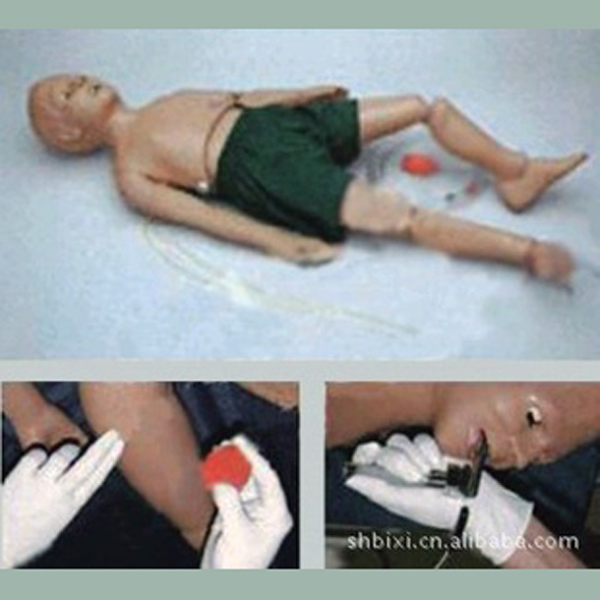

Article tag: Newborn SIMS| newborn care model|
To sum up, the advanced newborn simulator has become an important training tool favored by medical institutions due to its advantages of high simulation, personalized training, zero-risk training, and improving teamwork and communication skills. It...
Medical institutions generally favor advanced neonatal simulators, mainly based on the following reasons:
The advanced neonatal simulator can simulate various physiological reactions and emergency situations of newborns, such as asphyxia, apnea, cardiac arrest, etc. This highly simulated environment allows medical personnel to train in near-real situations to better master neonatal first aid and care skills.
Advanced newborn simulators can customize personalized first aid and care scenarios according to different conditions and training needs. Through program design, the system can randomly generate a variety of complex crisis situations, so that medical personnel can receive training in a diverse environment, and improve the ability to respond to real emergencies.

In the actual neonatal first aid and nursing process, the risks and errors of the operation are great. The use of neonatal advanced simulators for training can provide a risk-free training environment. Medical personnel can practice repeatedly without worry, and even if there is a wrong operation, it will not cause any harm to real patients. This safe training environment helps medical staff relax and focus on improving their skills.
Neonatal emergency care and care often require the collaboration of multidisciplinary teams. The Newborn Advanced simulator can simulate a real multidisciplinary cooperation scenario, enabling medical personnel to conduct interdisciplinary collaborative training in a simulated environment, and enhance team communication and coordination skills. This teamwork training mode helps to train medical personnel to respond quickly and effectively in emergency situations.
To sum up, the advanced newborn simulator has become an important training tool favored by medical institutions due to its advantages of high simulation, personalized training, zero-risk training, and improving teamwork and communication skills. It can not only improve the level of first aid and nursing skills of medical personnel, but also ensure the safety of patients and improve the quality of medical services.